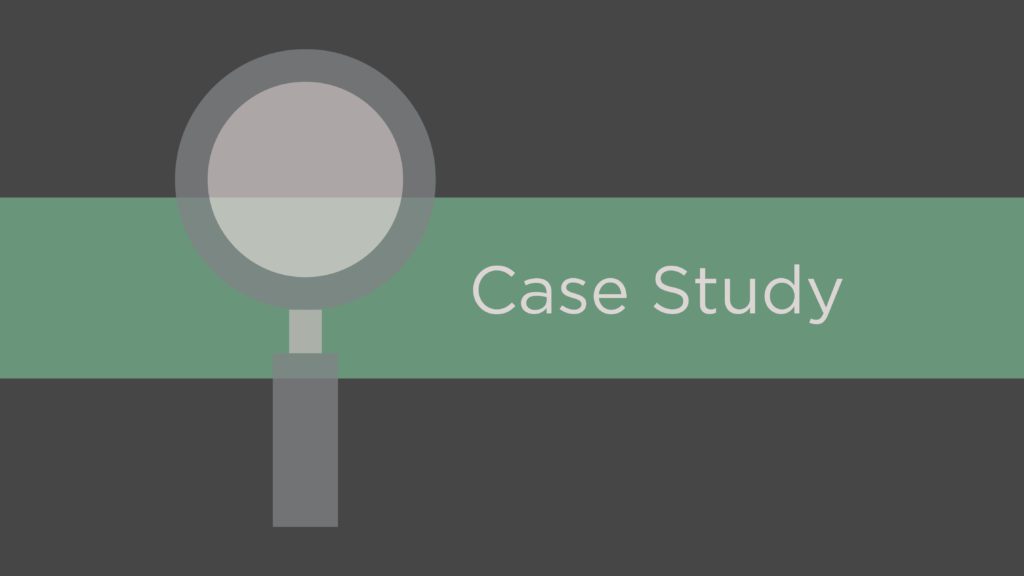The Tax Cuts and Jobs Act (TCJA) of 2017 was not officially focused on retirement planning, but it has had a major impact on the choice of retirement plans. After-tax plans, known as Roth accounts, may be more practical now. That can especially be true regarding solo 401(k)s, which are 401(k) plans that cover business owners (including sole proprietors) without employees (other than the owners and their spouses).
Under the TCJA, the income caps for married couples filing joint tax returns is twice the upper limit for single filers in all tax brackets. In most brackets, that is a much wider gap than had been the case in the past.
Example one: Tom and Stella Smith have around $300,000 a year in taxable income after deductions. In 2017, before passage of the TCJA, their tax bracket was 33 percent. If they added an extra $1 of income, they would have owed 33 cents more to the IRS. On the other hand, if Tom put $1 into a pretax retirement plan, the couple would have deferred 33 cents in income tax.
In 2017, the Smiths might have expected to be in the 28 percent tax bracket in retirement. (That year, the 28 percent bracket covered taxable income ranging from $153,100 to $233,350). Deferring tax at 33 percent and ultimately paying tax at 28 percent seemed like an attractive scenario.
New rates
In 2019, federal income tax rates have been lowered and the upper limits for tax brackets have risen.
Example two: Tom and Stella expect the same $300,000 in taxable income in 2019, which puts them in a 24 percent tax bracket.
Moreover, current law calls for a return of 2017 tax rates after 2025. The thought of deferring tax at 24 percent in a pretax retirement plan, and eventually taking distributions in what could be a 28 percent tax bracket after 2025, reduces the appeal of pretax retirement plans.
Not all business owners will be in situations such as those illustrated in examples one and two. Nevertheless, the underlying principles apply broadly. Lower tax rates make tax-deferred retirement plans less appealing, especially given the prospect of higher tax rates prevailing in the future.
After-tax plans
If pretax retirement plans are less attractive under the TCJA, then after-tax plans may be worth exploring. These plans are known as Roth options, because the Roth Individual Retirement Account (IRA) was the first such plan. With Roth plans, contributions are made with after-tax dollars. In essence, you pay tax now using today’s relatively low rates. Money compounds tax-free inside the plan, and all distributions might be tax-free in the future. Typically, you must be at least age 59½ and meet a five-year holding period test for all distributions to qualify for tax-free treatment.
Some popular small business retirement plans, such as Simplified Employee Pension-IRAs, do not offer Roth versions. Therefore, a 401(k) with a Roth option might be a good choice. As a business owner, you can choose to put contributions on the Roth side, and your employees can do the same.
Self-employed individuals and business owners with no employees (other than themselves and their spouses) can have a solo 401(k) with a Roth option. Solo 401(k) plans and their Roth versions do not require nondiscrimination testing, which can be costly for business owners with regular 401(k) plans.
Copious contributions
In 2019, participants in solo 401(k) plans can contribute as much as $19,000 from their earnings, or $25,000 if they are 50 or older. In addition, employer contributions can be up to 25 percent of compensation, to a maximum of $56,000 in total contributions.
Self-employed participants face somewhat different rules, possibly lower contribution limits, and a requirement that employer contributions go into the pretax 401(k). However, it may be possible to pay the tax on those pretax contributions at today’s tax rates and move the dollars over to the Roth version, if the paperwork allows such in-plan Roth conversions.

